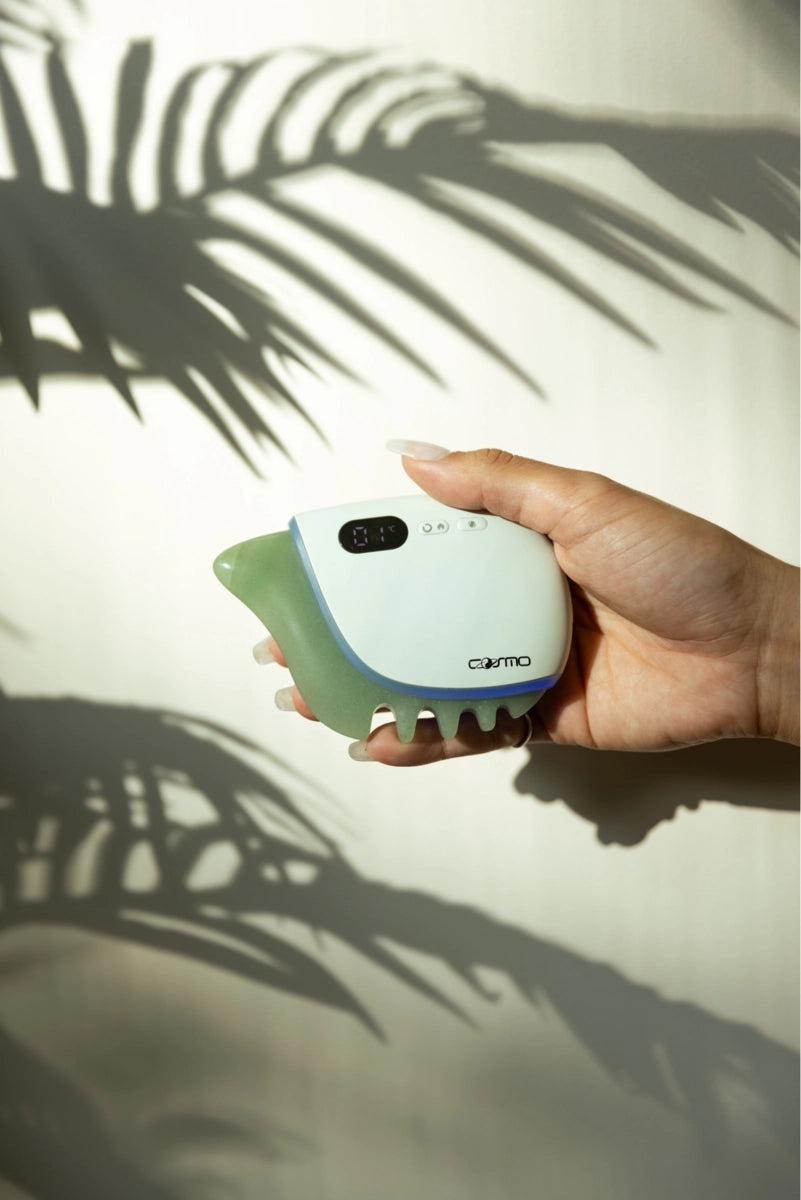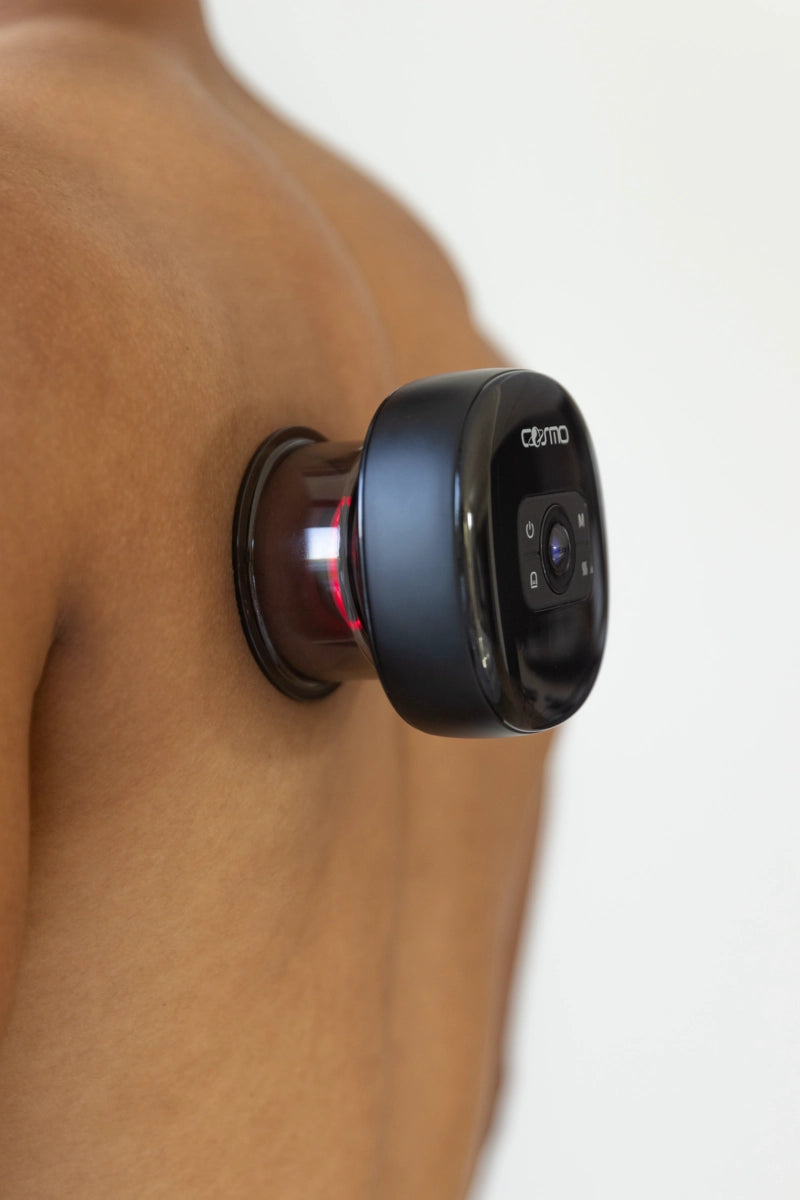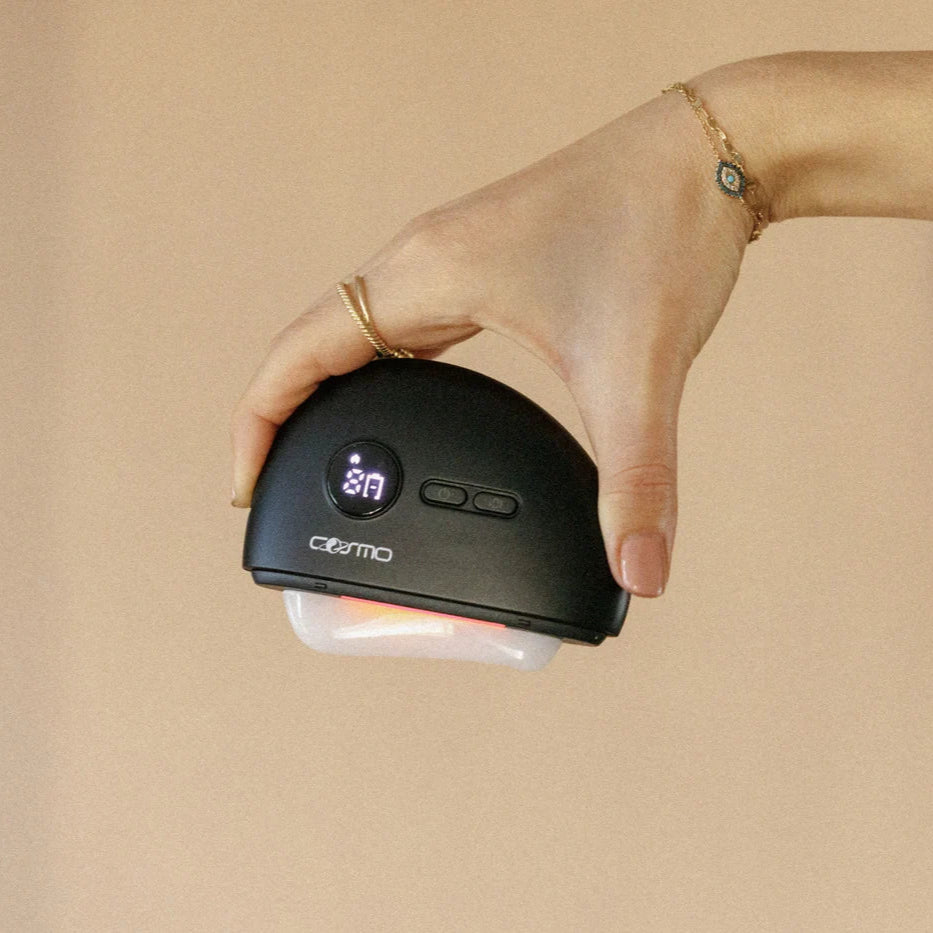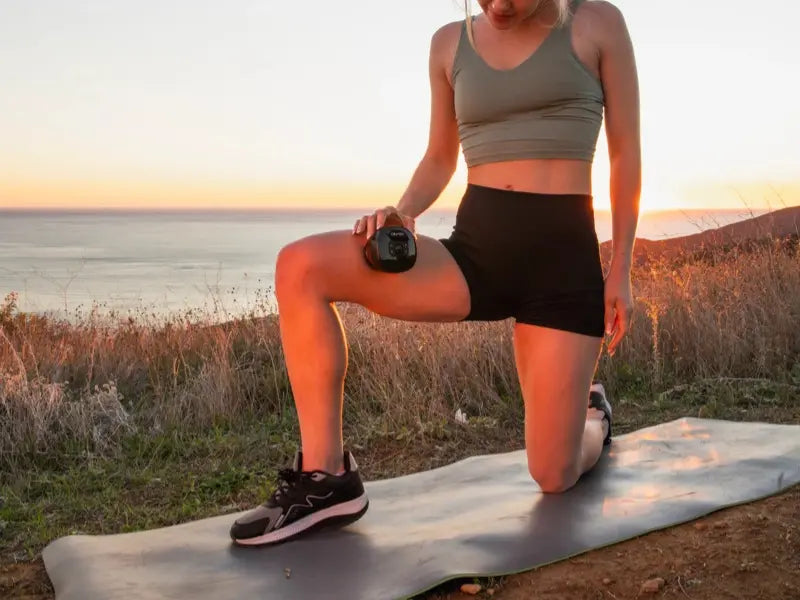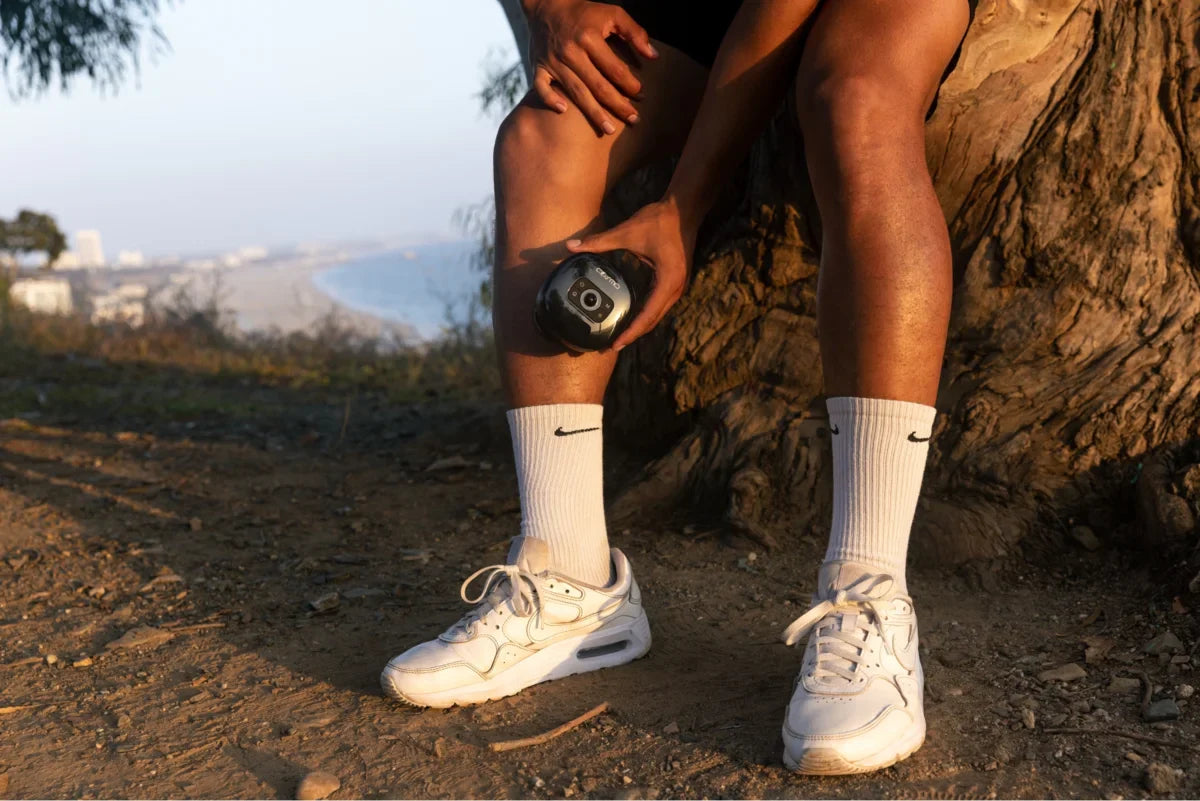Integrating fascia tools into your self-care routine can be a game-changer for muscle recovery, flexibility, and overall wellness. If you’ve ever felt stiff after a long day at a desk or dealt with post-workout soreness, you’re not alone. Many people are turning to at-home myofascial release techniques – essentially, targeted self-massage – to address these issues. Thanks to a variety of myofascial release tools, it’s possible to perform effective myofascial release at home and take better care of your body’s connective tissues on your own schedule.

Understanding Fascia and Myofascial Release
Fascia is a sheet of collagen-rich connective tissue that surrounds and interweaves through your muscles, bones, and organs, holding everything in place and helping different parts glide smoothly as you move. You can imagine fascia like the white pith of an orange, enveloping each section and connecting them together. In a healthy state, fascia is flexible and slides easily. But factors like poor posture, repetitive movements, injury, or inactivity can cause the fascia to become tight, stuck, or full of tiny adhesions. When the fascia is not sliding properly, you may feel stiffness, pain, or reduced mobility.
Myofascial release is a technique aimed at releasing tension in these fascial tissues and the underlying muscles. A professional massage or physical therapist might use their hands, elbows, or special instruments to apply sustained pressure to your tight spots (often called trigger points or “knots”) until the tissue relaxes. The good news is you don’t always need a professional for this – you can achieve similar results on your own with the help of simple tools. Self-myofascial release (SMR) involves using your body weight or leverage against a fascia release tool to press into tight muscles and fascia, helping to release those bound-up areas. Essentially, you leverage tools to give yourself a deep tissue massage, breaking up adhesions and encouraging the fascia and muscle to return to a healthy, flexible state.
Benefits of Myofascial Release
Regularly practicing self-myofascial release offers a host of benefits for both athletes and anyone dealing with everyday muscle tension. One immediate benefit people notice is relief from muscle soreness and stiffness. By rolling or pressing on tight areas, you stimulate blood flow to the muscle and fascia, which can help flush out metabolic waste and reduce inflammation. Many people find that a brief session after exercise can lessen the severity of delayed onset muscle soreness (DOMS) in the following days. Over time, mobility and flexibility improve as well – loosening the fascia can increase your range of motion, making it easier to move freely without pain.
Another big benefit is in injury prevention and posture. Tight muscles and fascia can pull your body out of alignment, leading to poor posture or movement compensations that increase injury risk. By regularly rolling out tight spots, you address muscle imbalances and adhesions before they become chronic problems. For instance, if you have chronically tight hip flexors from sitting all day, using myofascial release tools on your hips and thighs can help restore normal length to those tissues, potentially preventing lower back strain. Similarly, runners with tight calves might use a roller or ball to improve ankle mobility, warding off Achilles or foot injuries.
Lastly, making time for self-massage for fascia health can be a great mindfulness and self-care practice. It requires you to slow down, tune in to your body’s sensations, and breathe through discomfort. This can lower stress levels and give you a greater sense of ownership over your physical well-being. All in all, a few minutes of myofascial release can leave you feeling looser, more mobile, and even a bit lighter, both physically and mentally.
Building a Toolkit of Fascia Release Tools
To practice self-myofascial release effectively, you’ll want to have the right tools on hand. Consider assembling your own mobility and flexibility toolkit with a mix of these items so you can address everything from large muscle groups to small, stubborn knots. Below are some of the most common myofascial release tools:
-
Foam Roller: Shaped like a cylinder (typically 1–3 feet in length), a foam roller for myofascial release is ideal for broad areas like your back, quads, hamstrings, and IT bands. By lying your body weight on the roller and rolling slowly, you can smooth out tight muscle fibers and fascia over large regions. Foam rollers come in different densities and textures. For beginners or those with very sore muscles, a soft, smooth roller provides gentle pressure. Firmer or textured rollers dig deeper and are great for athletes or people with chronic tightness who need more intense pressure. Rolling out big muscle groups with a foam roller before or after exercise can significantly improve circulation in those areas and alleviate stiffness.
-
Massage Balls: These are excellent for pinpointing smaller areas of tension that a foam roller might miss. Massage balls come in various forms (lacrosse balls, tennis balls, rubber balls with spiky textures, etc.), and they allow you to apply pressure to a very specific spot. You can lean into a wall or lie on the floor with the ball under a tight area – for example, under your upper back, glutes, or the bottom of your foot. If you’re dealing with a painful foot arch or heel pain, rolling a massage ball for plantar fasciitis under your foot can provide great relief by stretching and massaging the plantar fascia. In addition to standard round balls, there are specialized trigger-point tools designed to apply precise pressure to hard-to-reach spots. For example, a hard rubber ball or knob on a short handle can serve as a trigger point fascia tool – you press it into a knot to release it.
-
Massage Sticks (Muscle Rollers): A massage stick is a handheld tool, usually a rod with handles, that you manually roll over your muscles. These are sometimes called muscle rollers or rolling sticks. They’re especially useful for the legs – you can use a stick to roll out your calves, shins, quads, and hamstrings by holding the handles and pressing it along the muscle. Massage sticks give you a lot of control over pressure and are great for quick sessions or for those who have trouble maneuvering on the floor with a foam roller.
-
Scraping Tools (Fascia Scrapers): Often made of metal or hard plastic, these are used for a technique known as gua sha or instrument-assisted soft tissue mobilization (IASTM). These tools come in various shapes and are designed to be run along the skin to break up adhesions in the superficial fascia. To use one, you typically apply a bit of oil or lotion to the skin and then scrape the tool firmly along a muscle group. This can help increase blood flow and release fascial restrictions.
-
Percussion Massagers (Massage Guns): Although not always classified under traditional myofascial tools, massage guns have surged in popularity as high-tech self-massage devices. These handheld electric tools deliver rapid percussive pressure via a vibrating or pounding head. They are excellent for quickly warming up muscles or providing a deep tissue massage effect without much effort on your part.
The key is to have a selection of self-care tools for recovery that you enjoy using and that fit easily into your routine, so that taking care of your fascia becomes a habit, not a chore.

Using Fascia Tools for Self-Care
The beauty of self-myofascial release is that it’s very flexible. You can use it as part of your exercise routine or as a stand-alone self-care ritual. Here are some ideas:
-
Pre-Workout Warm-Up: Using fascia tools for a few minutes before exercise can serve as a dynamic warm-up. Rolling major muscle groups increases blood flow and can improve your joint mobility temporarily, helping you move better during the workout. For example, if you’re about to go for a run, you might spend 1–2 minutes rolling your calves, quads, and glutes with a foam roller or massage gun. This activity warms the muscles and can even prime your nervous system – some athletes find that a quick roll makes them feel more “activated” and ready to perform.
-
Post-Workout Recovery: After exercise (or even the next day when soreness kicks in), take 10–15 minutes to roll out the areas you worked. This is where tools truly shine as self-care tools for recovery. This helps to flush out waste products like lactic acid, reduce muscle tightness, and prevent knots from building up. Post-workout rolling can significantly cut down on stiffness and may help you bounce back faster for your next session. Even on days you’re not exercising, a short SMR session can be beneficial. Think of it as maintenance or even a mini-massage to keep your body feeling good.
-
Morning or Bedtime Routine: In the morning, a gentle rolling of the back and legs can loosen you up after sleep and get blood circulating. At night, using a soft ball or roller on areas like the neck, feet, or back can relieve the day’s tension and prepare your body for restful sleep. Rolling the soles of your feet with a soft spiky ball for a minute per foot can be incredibly relaxing and help release tension that contributes to foot cramps or restless legs at night.
Remember that SMR is complementary to other good habits, not a total replacement. To truly keep your muscles and fascia healthy, you should also stay hydrated, stretch appropriately, and strengthen weak muscles through exercise. Fascia tools are one piece of the wellness puzzle – albeit a very useful one that empowers you to take care of your body on your own. Use them alongside movement, proper rest, and good nutrition for the best results.
Foot Pain Relief: Plantar Fasciitis
One common issue people address with fascia tools is plantar fasciitis – a painful condition involving the thick band of fascia on the bottom of the foot (the plantar fascia). If you wake up with stabbing heel pain or experience arch pain, especially with your first steps in the morning, you might be dealing with plantar fasciitis. The good news is that self-myofascial release can be very helpful for this condition, and it’s easy to do at home.
Perhaps the simplest and most effective method is using a small massage ball (or even a household object like a tennis ball or frozen water bottle) under your foot. Rolling the sole of your foot helps stretch and massage the plantar fascia and the muscles of your arch. Many podiatrists and physical therapists recommend this as a first line of defense. Massaging the bottom of the foot with a golf ball is cited as an extremely effective way to temporarily reduce pain from plantar fasciitis and heel spurs. To do this, sit in a chair and place a ball on the floor under your arch. Gently press your foot down and roll the ball from your heel to the ball of your foot, spending extra time in any spot that feels tender. You can control the pressure by how much you lean in. Start with a minute or two per foot.
For added relief, some people like to use a cold object as their “roller” – this provides an icing effect which can reduce inflammation and massage the foot at the same time. You can try this in the morning or evening for about 5–10 minutes, as cold can be especially soothing for an inflamed plantar fascia.
Fascia Tools for Cellulite
Another popular use of fascia tools is targeting cellulite. If you’ve seen devices like the FasciaBlaster™ promoted on social media, you know there’s a lot of buzz around using the best fascia massage tools to smooth out dimpled skin. The idea behind a fascia roller for cellulite or a claw-like fascia blaster tool is that by breaking up fascial adhesions and improving circulation under the skin, you can reduce the appearance of cellulite. Users typically scrub these tools firmly over thighs, buttocks, or wherever cellulite is present, often causing redness or even bruising in the process.
Safety is also a consideration. Aggressively rubbing these tools on your body can lead to bruises, soreness, and, in some cases, reports of other side effects. For instance, fascia blasting became a bit controversial a few years back when some users reported bruising (which is actually expected) and other symptoms like increased inflammation. Bruising itself isn’t necessarily harmful – it’s a sign you really hammered the tissue – but it’s something to be aware of.

These devices act as effective mobility tools for flexibility and recovery, helping to iron out kinks and maintain a healthy range of motion in your muscles and joints. By spending a few minutes on fascia tools for wellness, you’re investing in your overall health and comfort. Keep in mind the safety tips and gradually build up your “toolkit” as you discover what works best for you. Ultimately, self-myofascial release is about empowerment. It’s a reminder that you have the ability to help yourself feel better with just a little knowledge and effort.
Sources:
-
Harvard Health Publishing – What to do with that foam roller at the gym? health.harvard.eduhealth.harvard.edu
-
Nuffield Health – All you need to know about foam rolling for recovery nuffieldhealth.com
-
Princeton Sports and Family Medicine – A Beginner's Guide to Self-Myofascial Release (SMR) Tools princetonmedicine.com
-
Cleveland Clinic – How Your Body Can Benefit from Myofascial Release health.clevelandclinic.org
-
Heel That Pain – Golf Ball Massage for Heel Pain heelthatpain.com
-
Real Simple – What Is Fascia Blasting—and Does It Actually Work? realsimple.com
